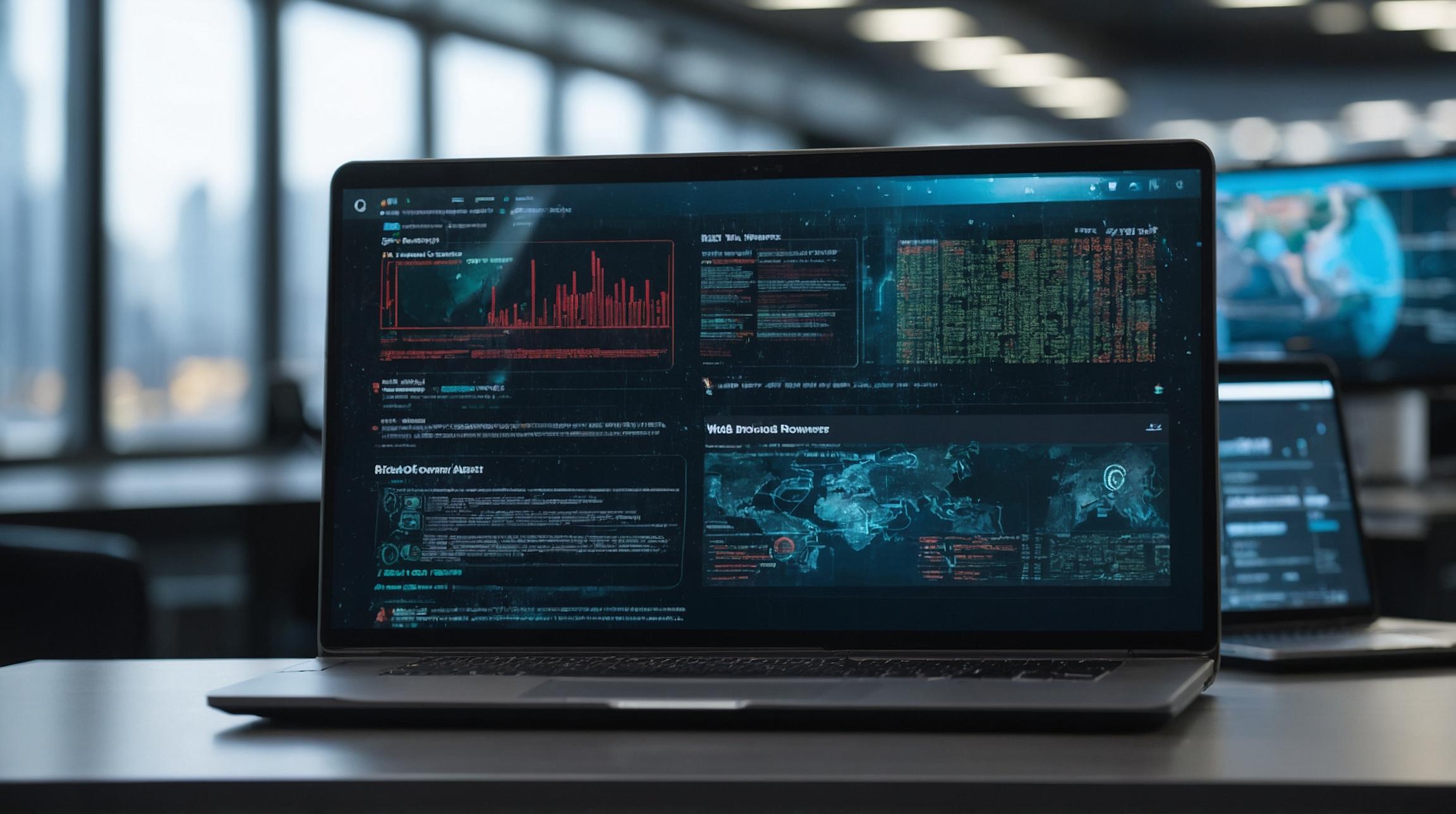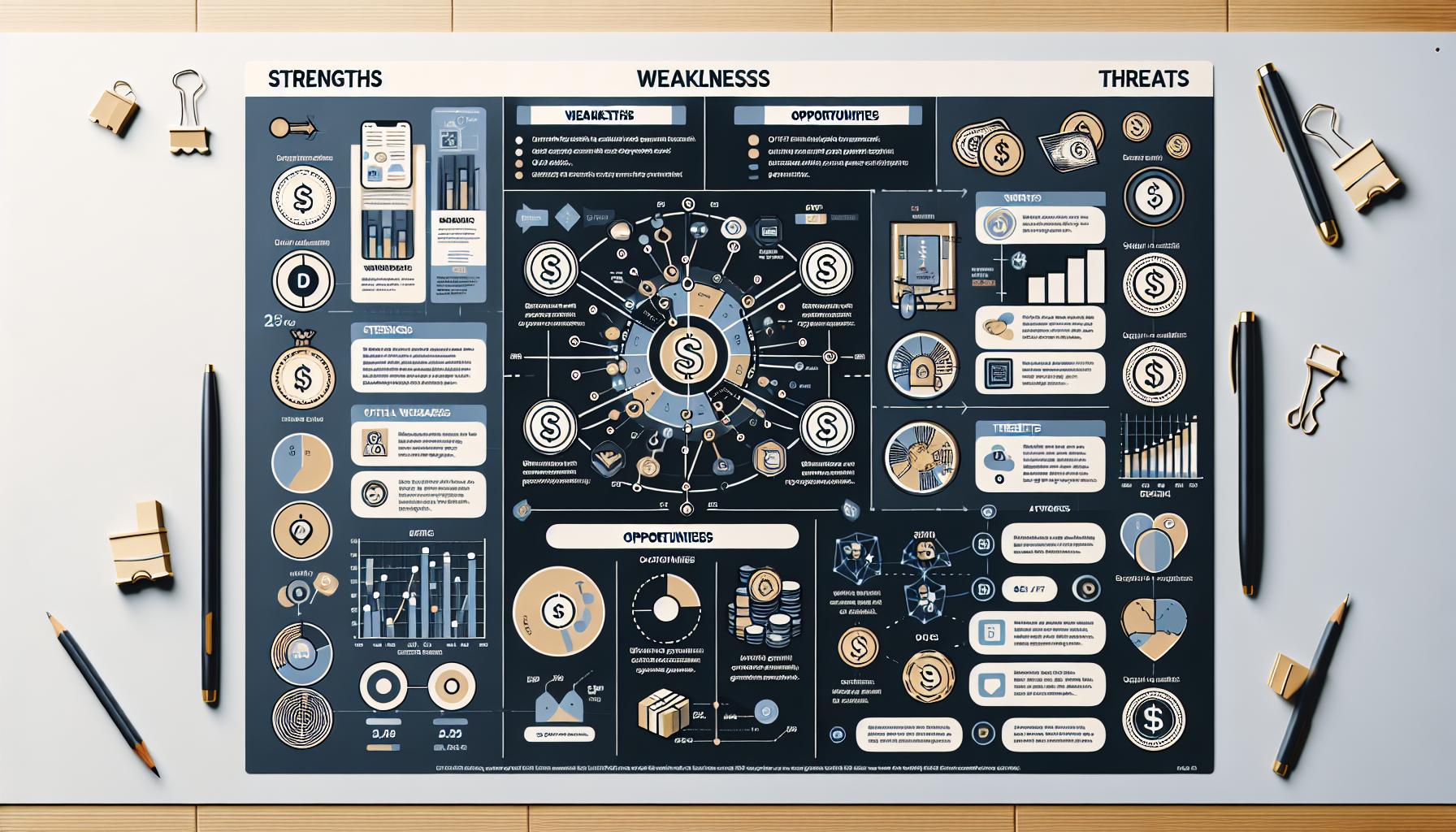The Modern Browser is Under Attack: Here's How to Protect It
The digital age has made web browsers an essential tool for work and daily life. From chatting with colleagues to accessing cloud-based services, we rely heavily on our browsers. But there's a hidden danger: Browsers haven’t evolved as fast as security threats, making them vulnerable to attacks.
Using SASE to Secure Enterprise Operations
Secure Access Service Edge (SASE) offers a robust solution to this issue. SASE combines networking and security services into one platform, providing strong protection specifically designed for today’s web use.
Example: Think of SASE as a multi-layered security system for your home. It not only locks your doors but also has cameras and alarms. This comprehensive protection is what SASE brings to enterprise browsers, protecting against modern web threats.
The Rise of Web Applications and Their Risks
A large part of our workday, about 85-100%, is spent on browsers. Despite this, many companies still don’t have strong enough security. In a recent survey, 95% of companies faced browser-based attacks in the past year. This includes problems like hacked accounts and harmful browser extensions.
Example: Imagine you have 370 apps on your phone, and you expect to add even more in the next two years. Without proper security, any of these apps could become a gateway for cybercriminals to cause harm.
If companies don’t enhance their browser security, they risk data breaches, financial losses, and a damaged reputation. Attackers can steal sensitive data or introduce malware through these unsecured browsers.
Hybrid Work Model and Device Security Challenges
The shift to hybrid work means more people are using their personal devices to access company data. Unfortunately, these personal devices are often less secure than corporate-managed ones, making them a prime target for cyberattacks. Over 80% of successful ransomware attacks come from these unmanaged devices.
Example: Think of a personal device like an unlocked bike. It's easy to take because it doesn’t have strong security measures like a locked corporate bike.
SASE enforces Zero Trust principles which continuously check and verify every user and device before allowing access to company applications. This ensures that both personal and corporate devices are secure.
Phishing Attacks and Vulnerability
Phishing attacks are widespread, affecting 94% of companies last year. Strengthening defenses against these threats is crucial.
Example: Imagine a phishing attack as a fake email from your bank asking for your password. SASE can detect and block these fake requests, keeping your data safe.
SASE’s Data Loss Prevention (DLP) features monitor information flow, ensuring sensitive data doesn’t get stolen even if an attack is successful. DLP acts like a bouncer, making sure that nothing sensitive leaves the premises without proper authorization.
Financial Impact and Device Security
Securing browsers is essential for protecting an organization’s finances. Many companies report that losses from poorly managed devices are extremely costly. Yet, 53% of organizations are not confident in securing these devices.
Example: Think of this like having a vault with gold but not being sure if the door is fully locked. Upgraded security measures reduce the risk of costly breaches.
Future Trends and Considerations
The gap between increasing web use and stagnant security measures calls for urgent action. Future trends point towards using AI-driven security measures integrated into SASE platforms.
Example: By using an enterprise browser within a SASE framework, companies benefit from unified visibility across all devices, whether they are managed or unmanaged. This integration simplifies operations allowing a single security policy to protect everything.
In summary, upgrading browser security through SASE helps organizations build resilience against evolving cyber threats, safeguarding digital assets and ensuring business continuity.













